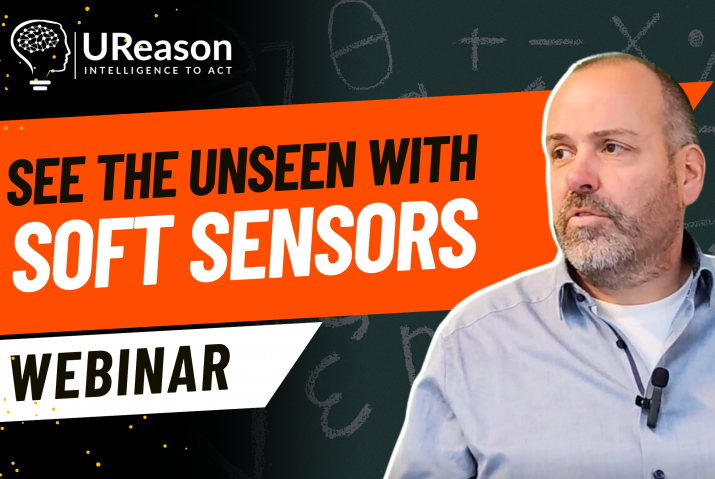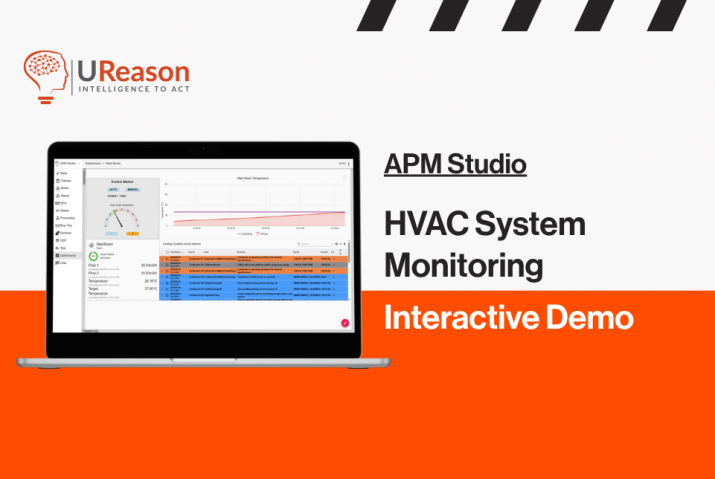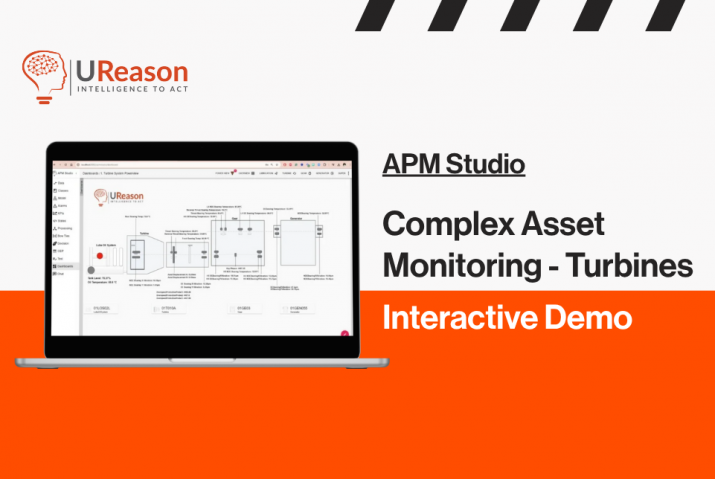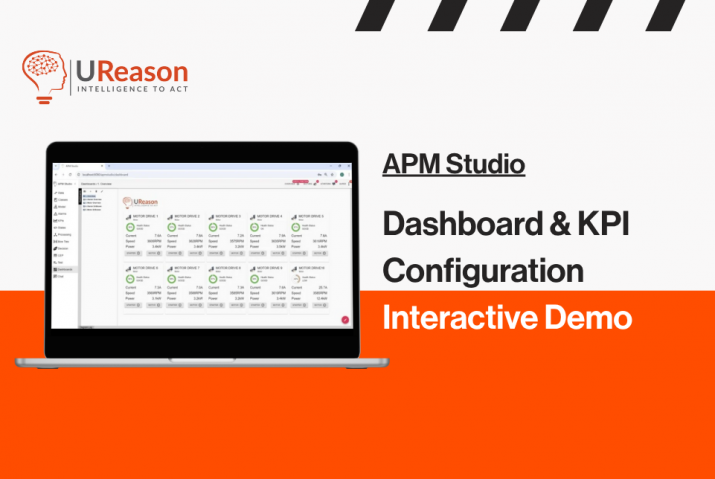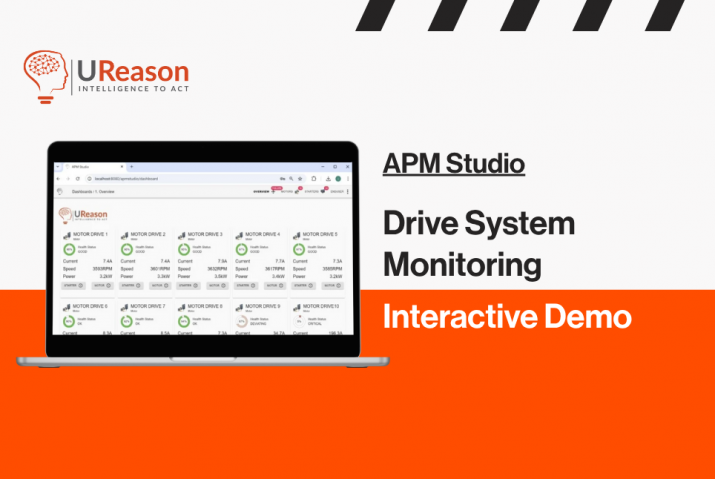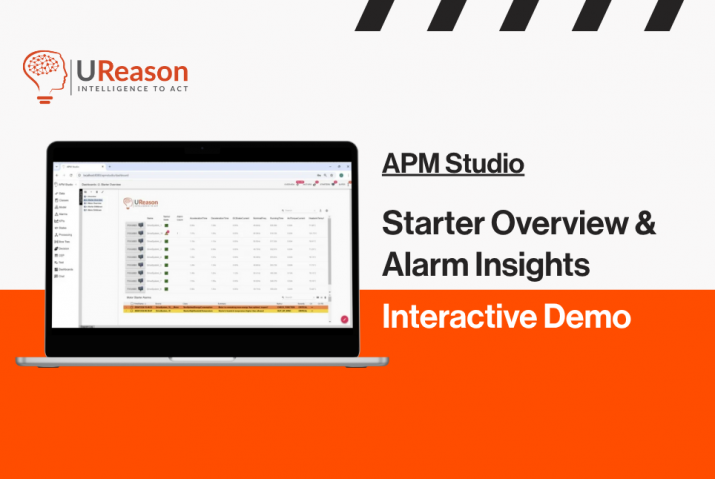Control valves play a crucial role in many manufacturing processes. They are key components in industrial automation and control systems, helping regulate the flow of fluids (such as gases, liquids, or steam) in refining, chemical, pharmaceutical, gas distribution, heat distribution and many other processes. An equally important actor in all these industries are the people looking after them.
An operator conducting rounds at for example a refinery plays a crucial role in ensuring the proper functioning of control valves. These valves are essential components that regulate the flow of fluids within the refining process. During their rounds field operators will check control valves in different ways:
Visual Inspection:
- The operator begins by visually inspecting each control valve in their designated area. They check for any signs of leakage, corrosion, or physical damage.
- They ensure that the valve actuators, positioners, and associated instruments are properly secured and in good condition.
Valve Position:
- The operator checks the position of each control valve in close corporation cooperation with the control room operators. Valves should be in the correct position as per the control system’s setpoints.
- They ensure that the valves respond appropriately to control signals and are operating within the specified range.

Actuator Operation:
- The operator tests the actuator by initiating open and close commands. They observe the response time, smoothness of operation, and any abnormal noises during the movement.
- Actuator air supply and pressure are checked to ensure they meet the recommended specifications.
Instrumentation Check:
- The operator verifies the readings on the associated instrumentation such as position indicators, pressure gauges, and temperature sensors. Any discrepancies are noted and investigated.
Seal Integrity:
- Seal integrity is crucial for preventing leaks. The operator checks the condition of seals, gaskets, and packing to ensure they are intact and functioning properly.
Lubrication:
- Lubrication points on the valve and actuator are inspected. The operator ensures that the valves are adequately lubricated to minimize friction and wear.
Field Testing:
- Some control valves may be subjected to field testing using a test console. The operator may perform partial stroke testing or conduct a full-range test to verify the valve’s ability to move through its entire range of motion.
Documentation:
- The operator maintains detailed records of each valve inspection, noting any abnormalities, adjustments made, or parts replaced.
- This documentation is crucial for creating a historical record and for scheduling preventive maintenance tasks.
Safety Checks:
- Safety features of the control valves, such as emergency shutdown valves, are tested to ensure they function as designed in case of an emergency.
Communication with Control Room:
- Throughout the rounds, the operator communicates with the control room to coordinate any necessary adjustments or to report any anomalies that may require further attention.
By systematically conducting these checks, the operator ensures the reliability and efficiency of control valves, contributing to the overall safety and operational performance of the refinery. Many of the operator’s tasks can be automated reducing valuable time spent onsite often in hazardous locations.

